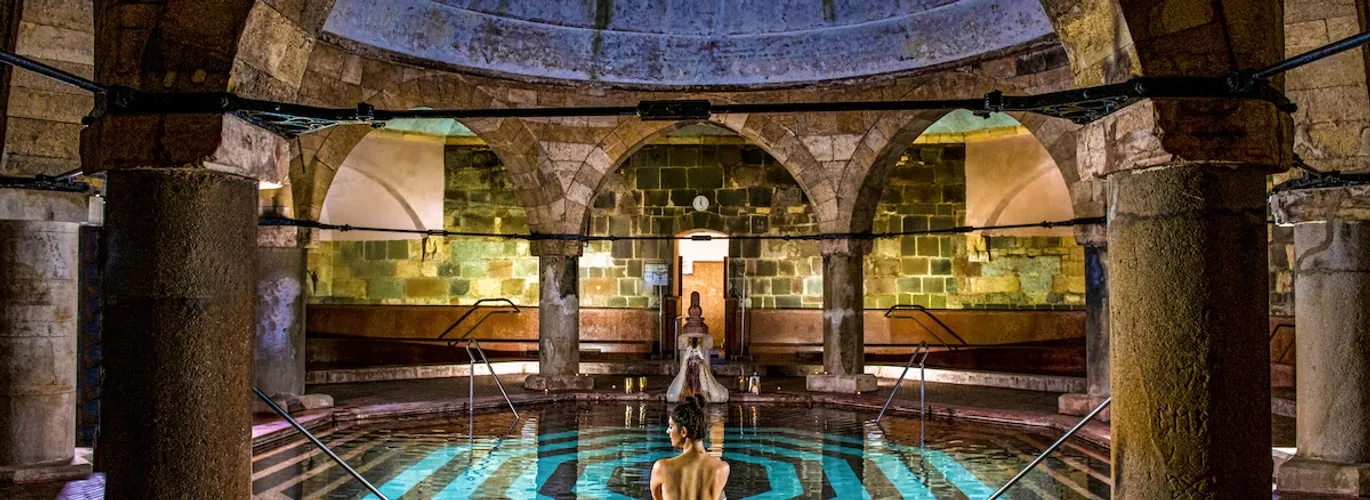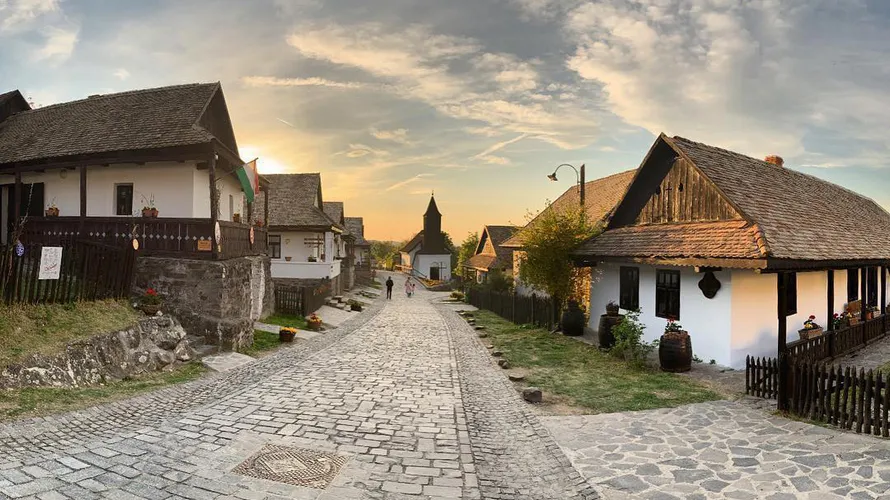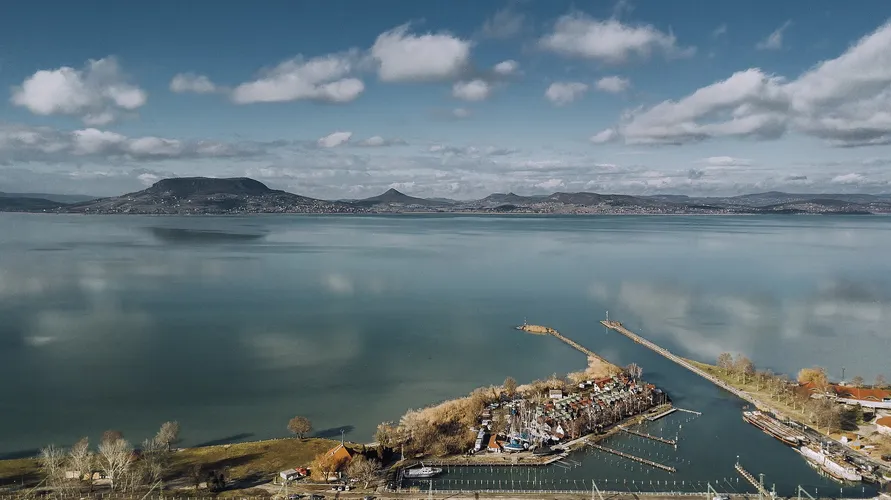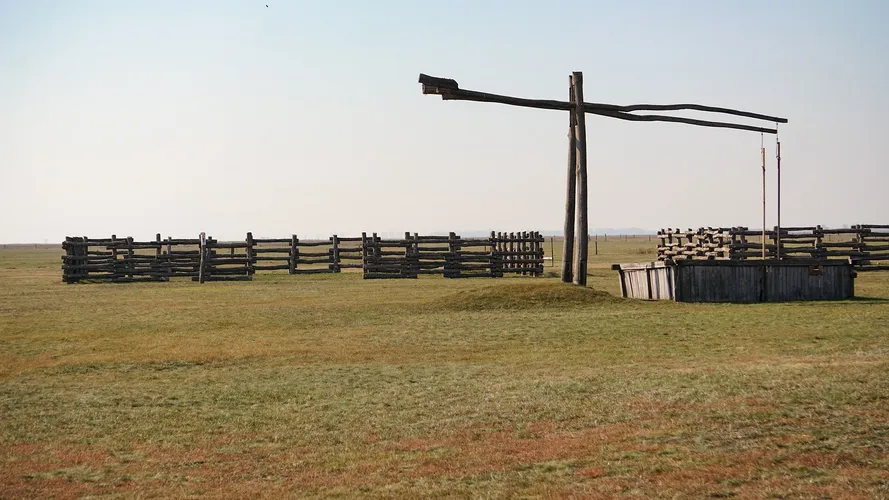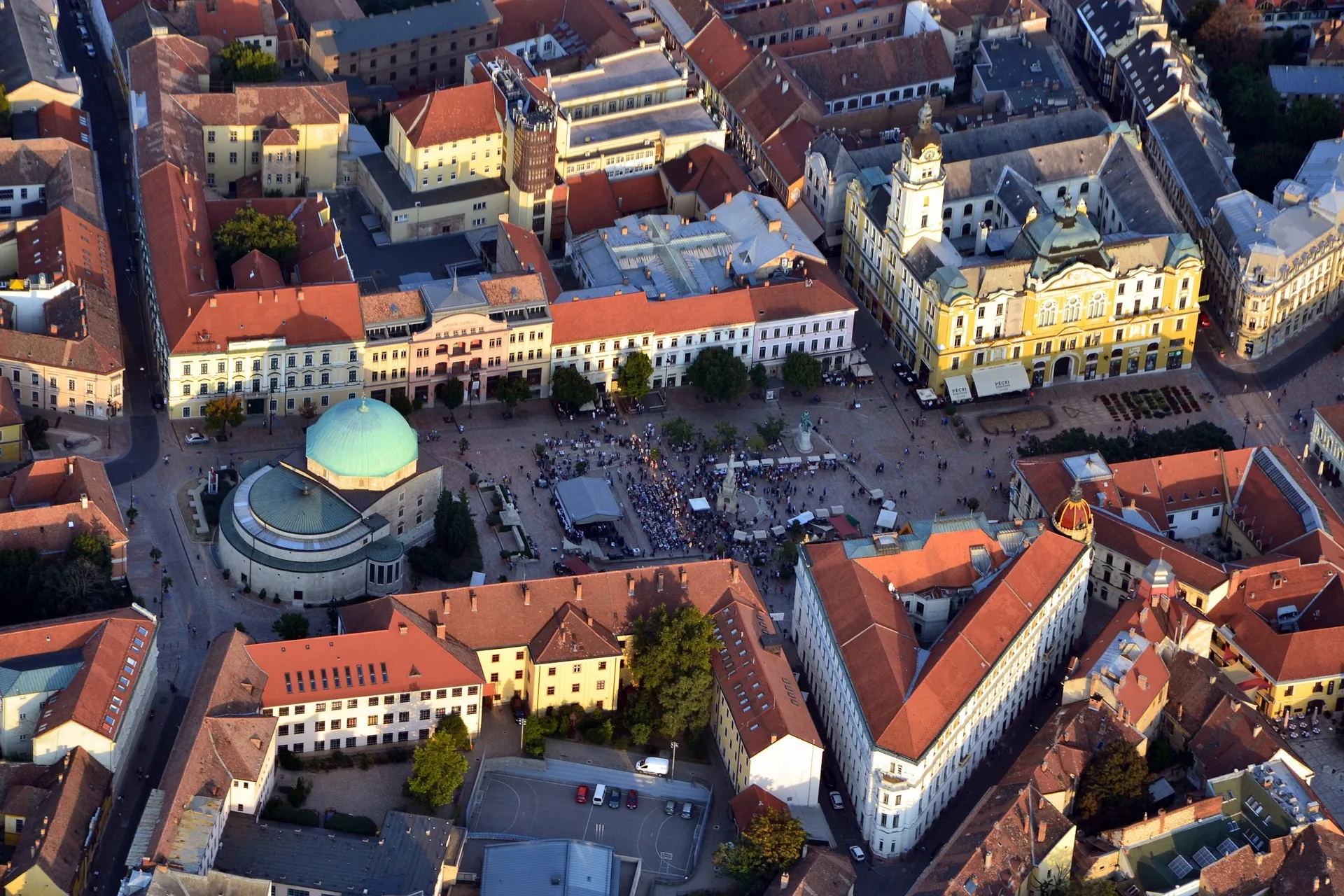
Pécs, situated in the southern part of Hungary at the foot of the Mecsek mountains, radiates a real Mediterranean atmosphere due to its climate, flora and narrow, rambling streets. With its rich cultural life, theatre, museums and festivals, the town is a significant cultural center of the region and the whole country.
The town was founded by the Romans at the beginning of the 1st century AD. By the 4th century Sopianae became a flourishing provincial capital and a significant centre of early Christianity. Saint Stephen, the first Hungarian king founded an episcopate here in 1009, and Hungary’s first university started to operate here in 1367. The architectural monuments of the 150 years of Turkish occupation, the mosques, the Turkish bath and Pasha Idris’s tomb, can still be seen.
In the cemetery of ancient Sopianae our 4th-century Roman forebears built churches, chapels and mausoleums with tombs beneath. In the course of the archaeological excavations that have been going on for more than 200 years, hundreds of graves richly supplied with grave goods have been found around the tombs. Based on the Christian symbols decorating the grave goods and the Biblical frescos of the buildings, the cemetery of Sopianae is assumed to be an early Christian cemetery. Here are to be found the largest number of frescoed cemetery buildings, not just in Hungary, but in the whole of Europe, and for this reason, this early Christian collection of buildings is regarded as an unrivaled group of cultural monuments in terms of early human history.
Early Christian mausoleum
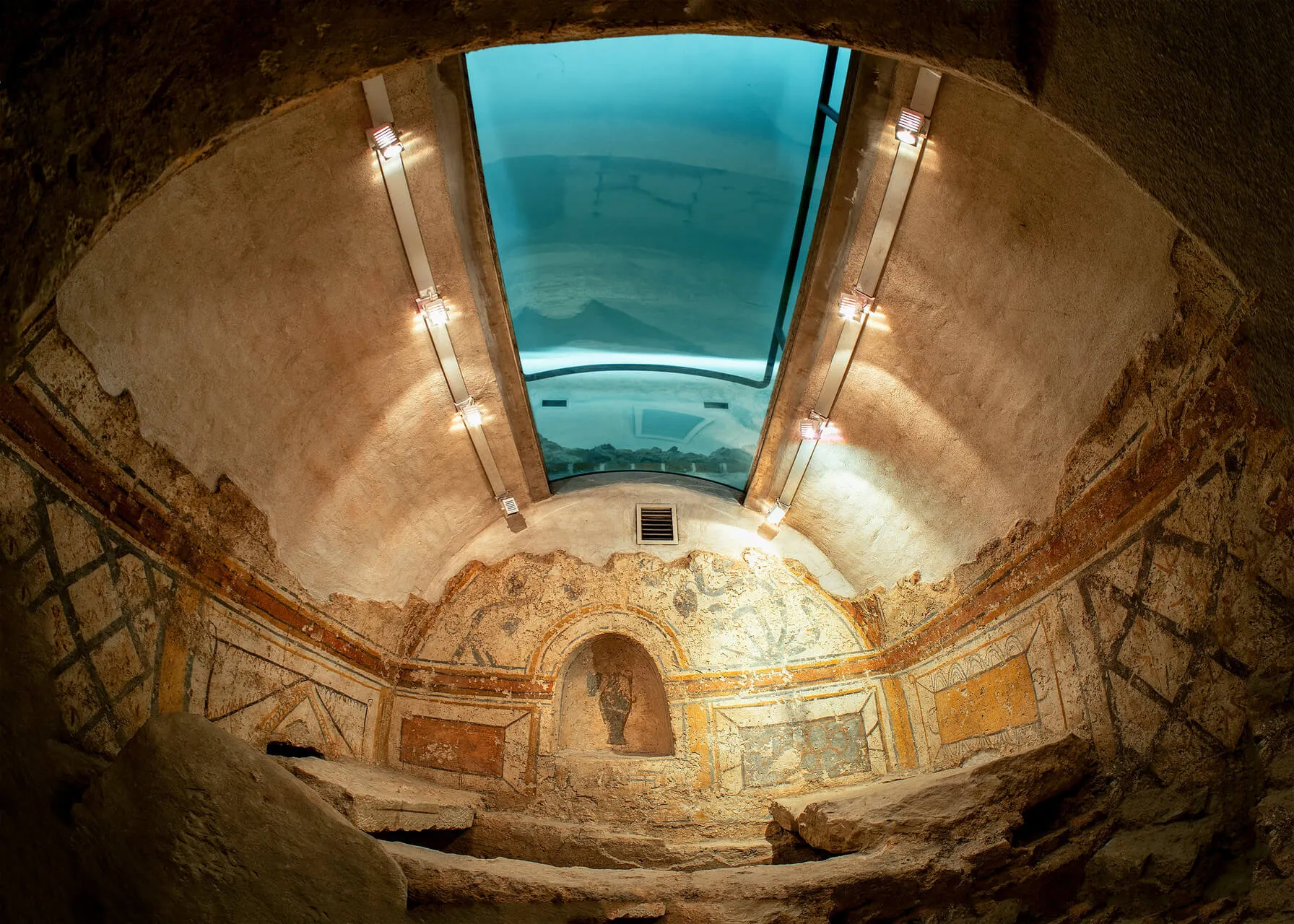
There is a tomb under the large chapel. There was no direct architectural communication between the level of the cubiculum (tomb) with painted walls and the chapel, both of them had (and still have) a separate entrance. The northern and eastern walls of the tomb are decorated with Biblical frescos: Adam and Eve in Paradise with the tree and the snake, and Prophet Daniel thrown into the den of lions. On the eastern wall there is a fragment of the Christ monogram and a sitting figure wearing white clothes. A carved white marble sarcophagus from the 3rd century stands in front of the southern side wall. The wall areas between the figurative representations are decorated with paintings imitating marble and with plant motifs.
”Peter – Paul” tomb

In the two-storey building the whole internal wall area of the barrel-vaulted tomb that remains undamaged is covered with frescos. On the wall opposite the entrance Apostles Peter and Paul are pointing at the Christ monogram symbolising the presence of Jesus. On the side-walls the stories of Adam and Eve, Noah, the three kings, Jonah, the Virgin Mary and the child Jesus are pictured. On the vault decorated with rich plant and animal (doves, peacocks) ornamentation four portraits in circular frames can be seen, perhaps the portraits of those who were buried here. The tomb and two smaller buildings, the walls of which are not painted, will be open to the public soon after the completion of the restoration work.
There are lot of others underground tombs, that you can visit.
